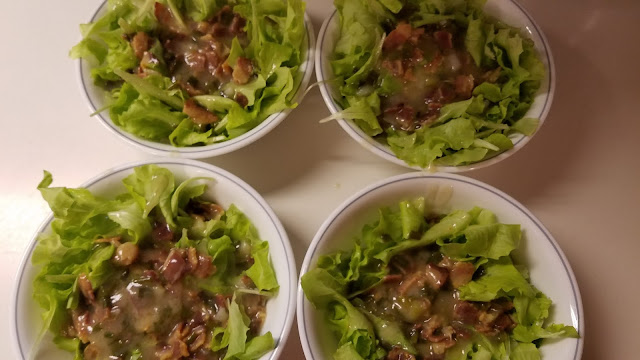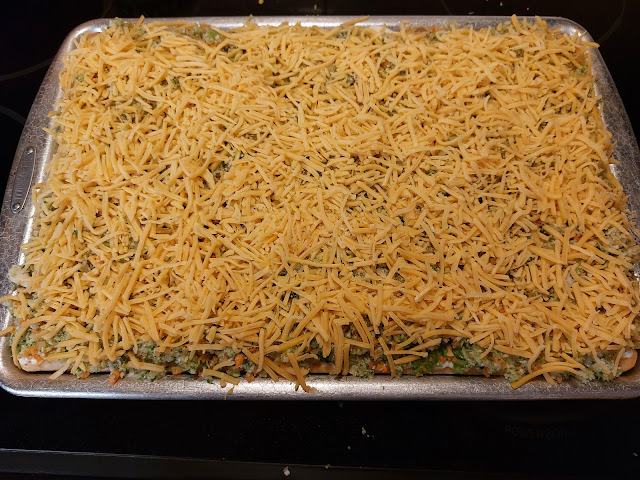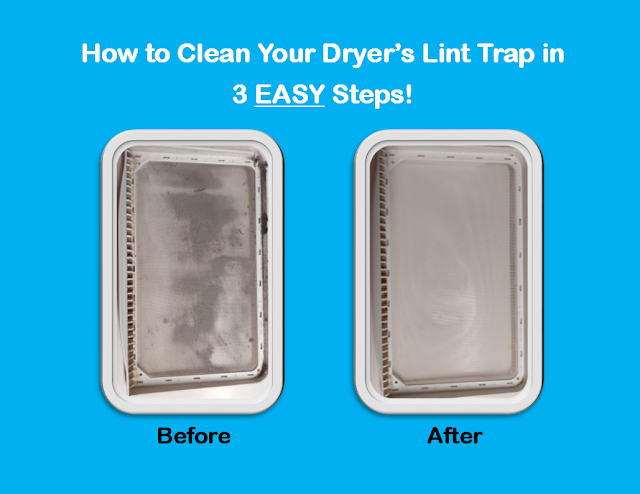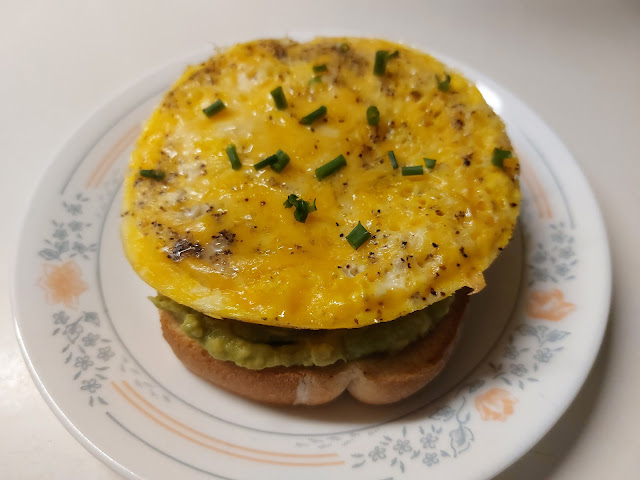Here's How an Ophthalmologist Recommends Getting Rid of a Chalazion (or Stye) at Home
Styes & Chalazions are Stubborn!
If you've ever had a stye or chalazion on your eyelid, you know how persistent one can be. When you Google ways to get rid of them, you typically find the same home remedies repeated on various sites: hot compresses, tea bags, cucumbers, and avoiding contacts and make-up.
What if you've tried all those methods and your stye or chalazion won't go away?
Our daughter struggled with a chalazion, which we originally assumed was a stye, for several months until we consulted an optometrist and later an ophthalmologist for help. To spare you the time, trouble, and expense of costly doctor visits, I will share the tips recommended by these medical professionals.
What Is the Difference Between a Stye and a Chalazion?
Styes typically begin at the base of your eyelash and are the result of an infection of the hair follicle. A stye on the inside of your eyelid is caused by the infection of an oil gland. A stye can become very painful and might develop a pus spot at the center of the bump.
A chalazion is a bump on the eyelid caused by a clogged oil gland that is not usually painful.
The Chalazion: A Tale of Two Medical Opinions
Our daughter developed a bump on her upper eyelid one spring, and despite using warm compresses twice each day, it persisted. We brought it to the attention of the optometrist at her annual check-up over the summer. Since the stye wasn't painful or very large, she suggested we continue with the hot compresses, but advised keeping heat on the stye for longer periods. If that didn't correct the problem, we could contact her for an antibiotic to treat it internally.
After two more months, the stye grew larger. We reached out to the optometrist for an antibiotic, and she prescribed an Azithromycin packet. The medication reduced the stye but did not eliminate it. The optometrist advised that as long as the stye wasn't growing larger or causing any pain, it would not cause any problems without further treatment, though she mentioned a permanent bump could form on the eyelid if it didn't eventually go away. A month later, the stye grew to such large, sore proportions that it actually weighed down our daughter's eyelid. We immediately asked the optometrist to refer us to an ophthalmologist.
It took nearly two weeks before the ophthalmologist could fit in an appointment for our daughter, and by that time, the stye had finally drained on its own and was barely noticeable. We kept the appointment anyway, just in case.
The ophthalmologist's take differed from the optometrist's. First, the bump wasn't a stye at all, but a chalazion, caused by a plugged oil gland. The doctor said that oils usually secrete from the glands like olive oil, but when those oils become thicker and harder to push through, it causes the glands to plug up and swell.
We were concerned our daughter would need the chalazion drained, but the ophthalmologist assured us that is always a last resort since alternatives exist that often correct the problem.
An Ophthalmologist's Recommendations for Getting Rid of a Chalazion
The ophthalmologist provided us with four effective methods for eliminating the chalazion:
1. Use Optase Tea Tree Oil Eyelid Wipes
Did you know there's such a thing as eyelash mites? The actual term for them is Demodex, and they are microscopic mites that live in hair follicles, feeding off dead skin cells around the lashes and eyelids. Most people have them in small numbers, but when those numbers increase exponentially, it can cause various skin irritations.
Although the ophthalmologist did not suspect eyelash mites in our daughter's case, she still suggested using Optase Eyelid Wipes with Tea Tree Oil just in case. Not only can the tea tree oil eliminate mites, it's soothing to irritated eyes and effectively cleans dirt away from the lids and lashes.
After showering each evening and removing her make-up, our daughter used a tea tree oil wipe on her affected lid to make sure it was clear of any traces of cosmetics or other eye irritants.
2. Use Optase Moist Heat Mask
The ophthalmologist also stated heated compresses generally cool too quickly to be very effective. The affected eye needs at least 20 minutes of continuous heat, two to four times each day. She suggested an Optase Moist Heat Mask.
Simply place the mask in your microwave and heat according to manufacturer's instructions, or about 30 seconds. Since only one eye needed the heat, our daughter held the heated mask to it alone rather than strapping the entire mask around her head.
3. Massage the Bump to Release the Oil
You've undoubtedly read the emphatic online advice about never attempting to drain a stye on your own in order to avoid spreading infection.
Apparently, this tip doesn't apply to chalazions. The ophthalmologist recommended massaging the bump on the eye after applying the heated compress in order to drain the oil building up in the glands.
4. You Might Need a Prescription
The ophthalmologist also prescribed Neomycin-Poly-Dexamet Eye Ointment, which is a combination of a steroid and antibiotics that is applied to the problematic eyelid. The ointment can be applied four times each day, but since it can cause blurriness of the eye, the doctor recommended only using it at night before bed.
Finally, the ophthalmologist proposed that if our daughter followed the above regimen and didn't succeed in eliminating the chalazion, that we contact her for another round of antibiotics before considering a surgical procedure to drain it.
Fortunately, the combination of these methods worked in getting rid of the chalazion so no further treatments or procedures were necessary.
Save Yourself Money!
We have insurance, but without it, the ophthalmologist's bill would have been $678!
If you are someone you know is struggling with a persistent chalazion, thinking they have a stye, be sure to try the tips in this post before strapping yourself with a whopping doctor bill. Unless you end up needing a prescription, which you can't get without a trip to the doctor's office, the wipes, heat mask, and eyelid massage might just do the trick!
Disclaimer: I am not a medical professional and am only sharing the experience we had with both an optometrist and ophthalmologist to give you direction, but if you need additional medical assistance, please consult your doctor.
.png)



.png)






Comments
Post a Comment